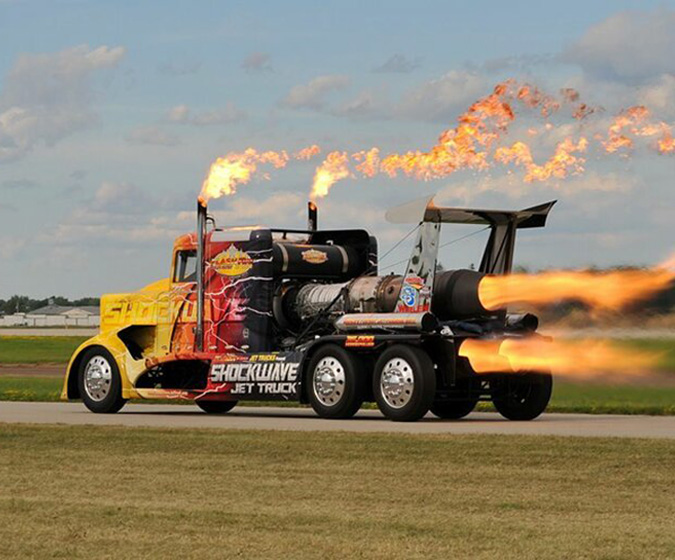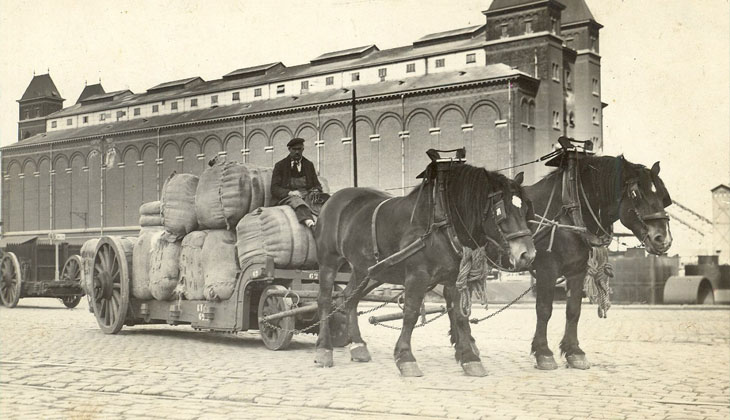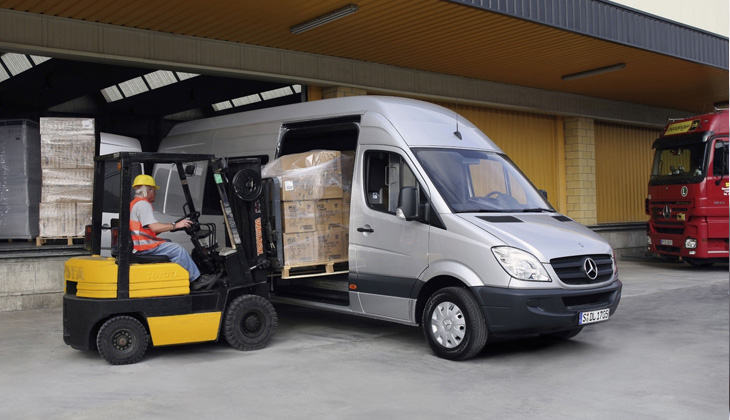Companies in the transportation logistics have several important goals in the current global environment that are influencing a number of trends in 2022.
In speaking of goals, one of them is to create a safe, so-called, working environment to operate in the event of disruptions in the supply of raw materials/goods from abroad. The second is deepening the business digitalization for sustainability of competitiveness, and the third is improving customer response and satisfaction, which will lead to an increase in sales.
1. Supply chain localization
A couple of years ago, online delivery took days, but today consumers expect orders to be fulfilled same day. However, most supply chains do not allow for this. Supply chains to prevent days of delayed delivery need to be formed locally. This promotes business efficiency and flexibility, ensuring customers have access to products they want in line with their expectations, profits for companies and increased resilience in the supply chain.
2. Partner delivery
Fulfillment of scheduled orders or day-to-day orders on a large scale is much more efficient when using vehicles from multiple fleets, depending on the remoteness of delivery points. The company may use its own couriers to fulfill orders that are to be formed in warehouses scattered in different parts of the metropolis, or it may engage third-party drivers as well. However, it is difficult for the company itself to organize this process, as it needs technology that determines which drivers nearby are available for delivery to a specific place and time. Forward-thinking players that automate logistics provide such a service to their customers.
3. Competition for drivers
Driver profession leads in search queries in the transport and logistics segment. Transport companies in Russia have experienced a staffing crisis engulfed many countries. Amid supply chain problems and despite rising wage offers, the shortage of long-distance drivers, truck drivers, is worsening. Without drivers, goods simply cannot move from one place to another, and supply chains break down.
4. Digital profiling
The logistics industry will need more employees with technology skills this year. Experts in big data, process automation, and artificial intelligence will be among the in-demand pool of workforce and valued.
5. Machine learning - mainstream in logistics
Machine learning algorithms will have a major impact on supply chains this year. Their proper use leads to a more efficient business, increasing the income of the companies using it. The technology will improve downtime, courier turnaround times and traffic accounting, which will reduce operational costs for retailers and distributors, as well as help to increase the number of customers through improved service.
6. Using analytics for last-mile delivery
The demand for urban delivery has resulted in retailers needing real-time data analytics. This enables monitoring the work of couriers for any period, for example, how many deliveries they made, how many completed on time, how many were late. It also reveals where the company is actively delivering goods, and where it needs to expand the number of customers. Analytics also shows the customers with the greatest bills, which days they were most active. It also quickly identifies which products are top and, conversely, those that are almost not in demand.
7. Robotization
The demand for robotic solutions in warehouse logistics will increase. More companies will outsource routine but important processes to bots: inventory, order picking, delivering them to the loading location. For many large retailers, FMCG-companies, the introduction of logistics robots in warehouses is part of the efforts to improve the efficiency of their business, solving the problem of lack of qualified personnel and safety.
8. Sustainable logistics
Retail supply chains are the largest source of hydrocarbon emissions into the atmosphere - 50% of the mass produced by industry. This led to the emergence of the Green Logistics concept, which implies that logistics companies must build their business in such a way as to minimize the negative impact on the planet's ecology. Businesses around the world are forced to find ways to produce, store, and deliver products in ways that reduce the carbon footprint of the atmosphere. For example, European countries encourage carriers to use electric cars instead of diesel-powered vehicles. Another option is tractor-trucks that run on liquefied natural gas. Such transportation emits much less CO2 and minimal particulate matter into the atmosphere. Among the less technological solutions are the creation of additional pickup points and the promotion of micro fulfillment centers (closer to large cities).






